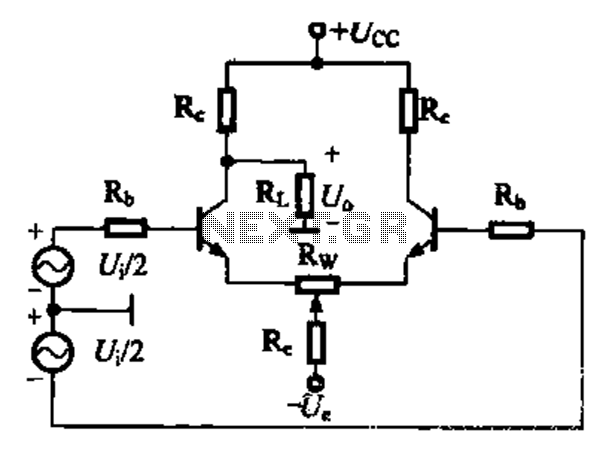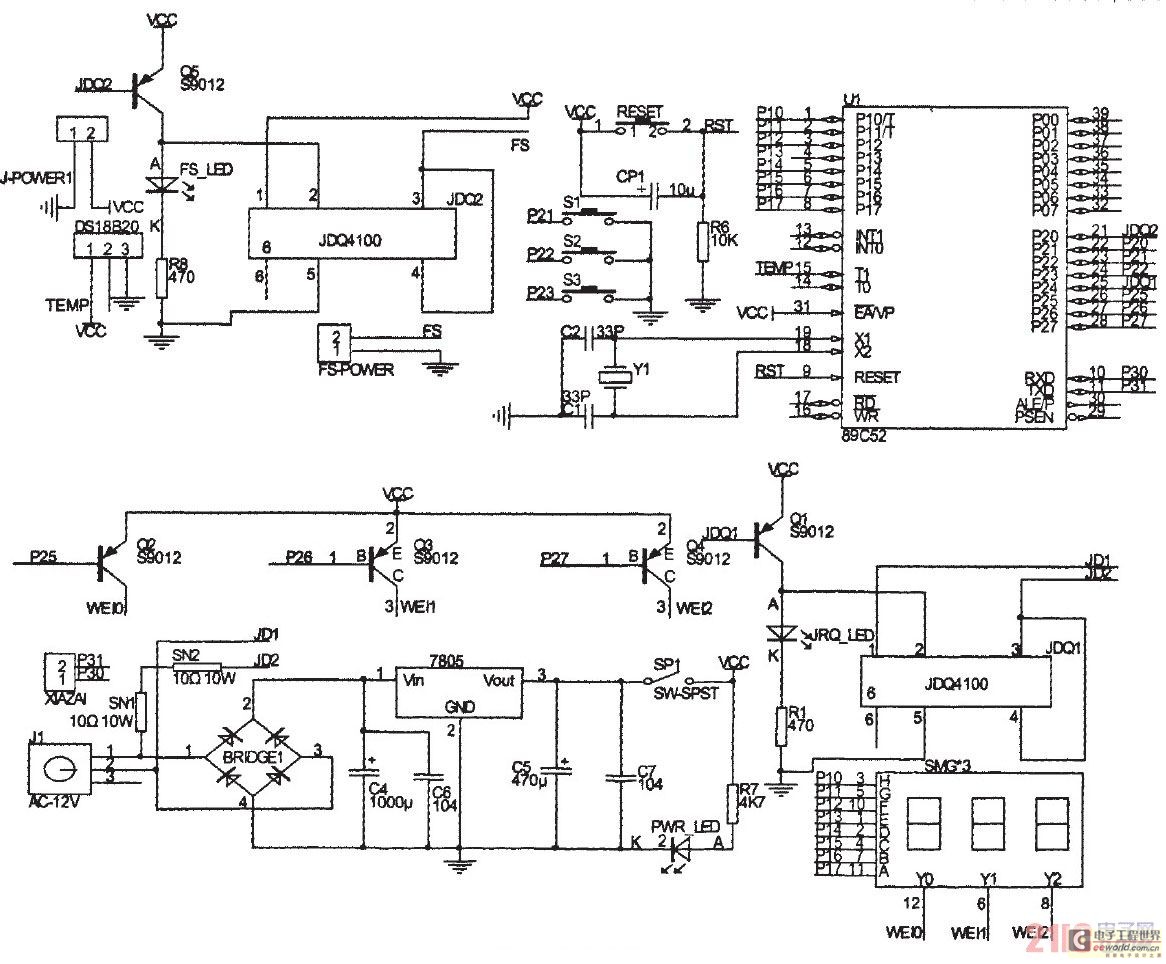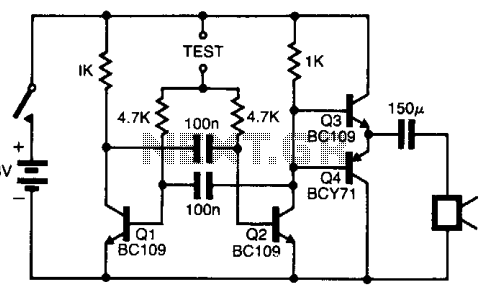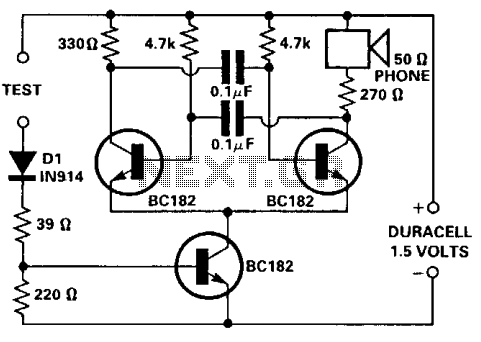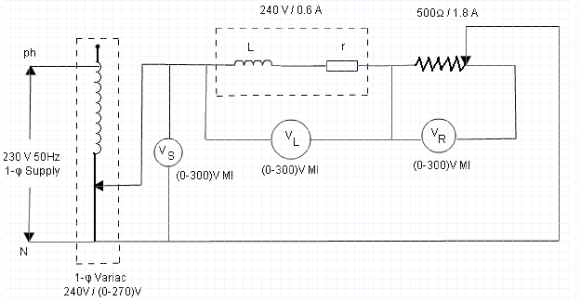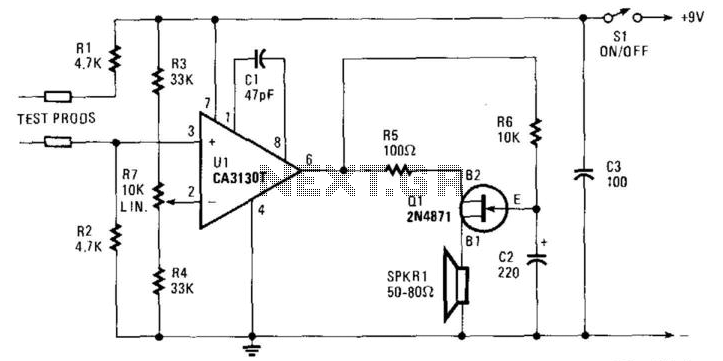
Method tests continuity in AC and DC
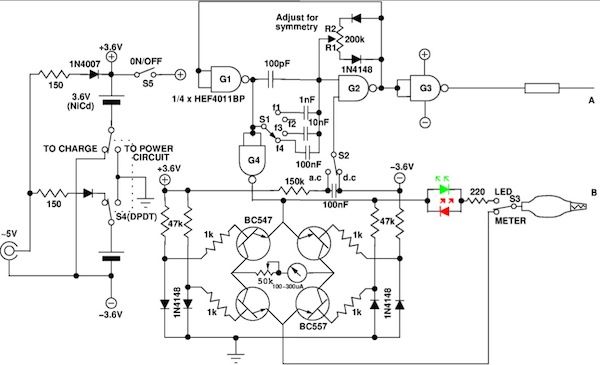
This specialized test gadget quantitatively tests continuity in both AC and DC modes, making it an essential general bench test instrument.
The continuity test gadget is designed to provide accurate measurements of electrical continuity across various circuits. It operates in both Alternating Current (AC) and Direct Current (DC) modes, allowing for versatile applications in different testing scenarios. The device features a user-friendly interface with a clear digital display that indicates continuity status, resistance levels, and voltage readings.
In AC mode, the gadget can assess the integrity of connections in circuits powered by alternating current, which is crucial for identifying potential faults in household wiring, appliances, and electronic devices. In DC mode, it effectively tests battery connections, power supplies, and other components that utilize direct current.
The internal circuitry of the gadget is equipped with precision resistors and operational amplifiers to ensure accurate readings. A built-in microcontroller processes the input signals and displays the results in real-time. The device is also designed with safety features, such as overload protection and automatic shut-off, to prevent damage during testing.
The test gadget is compact and portable, making it suitable for both professional electricians and hobbyists. Its robust construction ensures durability, while the ergonomic design enhances user comfort during prolonged use. Overall, this continuity test gadget is a valuable tool for anyone involved in electronics testing and troubleshooting.Check out this specialized test gadget that tests continuity quantitatively in both AC and DC modes; it could prove to be an indispensable general bench test instrument.. 🔗 External reference
The continuity test gadget is designed to provide accurate measurements of electrical continuity across various circuits. It operates in both Alternating Current (AC) and Direct Current (DC) modes, allowing for versatile applications in different testing scenarios. The device features a user-friendly interface with a clear digital display that indicates continuity status, resistance levels, and voltage readings.
In AC mode, the gadget can assess the integrity of connections in circuits powered by alternating current, which is crucial for identifying potential faults in household wiring, appliances, and electronic devices. In DC mode, it effectively tests battery connections, power supplies, and other components that utilize direct current.
The internal circuitry of the gadget is equipped with precision resistors and operational amplifiers to ensure accurate readings. A built-in microcontroller processes the input signals and displays the results in real-time. The device is also designed with safety features, such as overload protection and automatic shut-off, to prevent damage during testing.
The test gadget is compact and portable, making it suitable for both professional electricians and hobbyists. Its robust construction ensures durability, while the ergonomic design enhances user comfort during prolonged use. Overall, this continuity test gadget is a valuable tool for anyone involved in electronics testing and troubleshooting.Check out this specialized test gadget that tests continuity quantitatively in both AC and DC modes; it could prove to be an indispensable general bench test instrument.. 🔗 External reference
